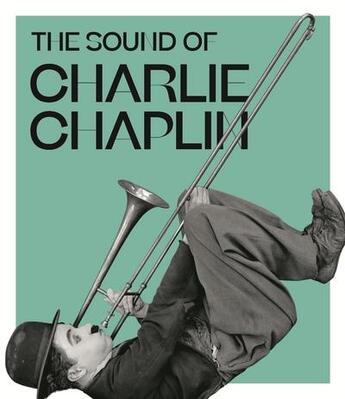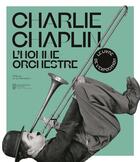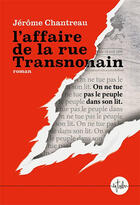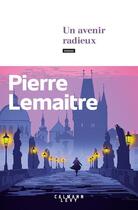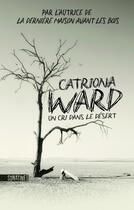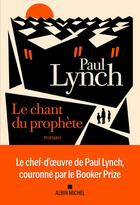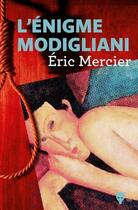-
Date de parution : 11/10/2019
-
Editeur :
La Martiniere
-
EAN : 9782732493657
-
Série :
(-)
-
Support :
Papier
Résumé:
A self-taught musician, Charlie Chaplin (1889-1977) left the world of the music hall at the age of twenty-five for that of the cinema. With the invention of the Tramp, he became a worldwide screen icon. Though the Tramp was silent, Chaplin gave the character a musical dimension, rendering him... Voir plus
A self-taught musician, Charlie Chaplin (1889-1977) left the world of the music hall at the age of twenty-five for that of the cinema. With the invention of the Tramp, he became a worldwide screen icon. Though the Tramp was silent, Chaplin gave the character a musical dimension, rendering him both comical and poetic-a dancing body totally in tune with the rhythm of the film images.
In 1927, when cinema was revolutionized by the arrival of sound, Chaplin seized the opportunity to control the music that would accompany his films. From then on, he added musical composition to his already numerous accomplishments, not only writing scores for all of his subsequent films, but also returning to many earlier works to compose soundtracks for them.
He imposed his own musical style, and some of his compositions, such as «Smile,» have become classics.
Edited by Kate Guyonvarch (who, under the supervision of the Chaplin family, manages the Chaplin archives and film rights) and Mathilde Thibault-Starzyk, this lavishly illustrated and well-documented volume sheds new light on the work of the master of silent cinema. It features contributions from international Chaplin experts, including Francis Bordat, Timothy Brock, Cecilia Cenciarelli, Dan Kamin, Jim Lochner, Adolphe Nysenholc, David Robinson, and Ju¨rg Stenzl.
Donner votre avis



